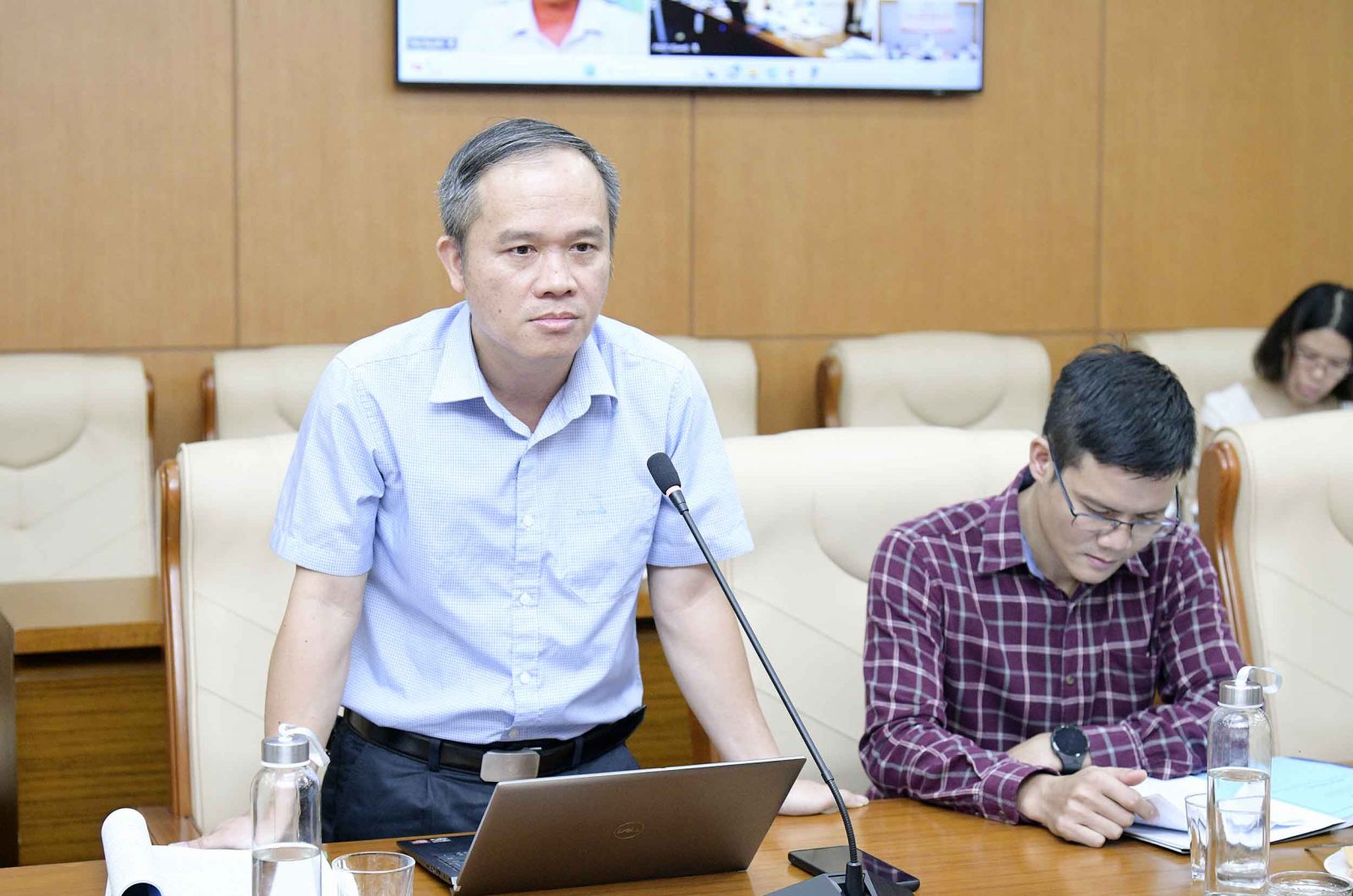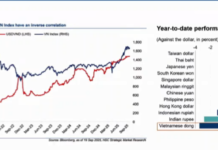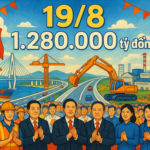On January 18, 2024, the National Assembly passed the 2024 Land Law to institutionalize Resolution 18, ensuring compliance with the Constitution and consistency with the legal system. After a year of implementation, new policies on land use rights, revocation, compensation, land prices, and certificate issuance have begun to take effect, creating social consensus and unlocking land resources for socio-economic development.
Based on the directions of the Political Bureau, the Government Party Committee has instructed relevant agencies to evaluate the results of the three-year implementation of Resolution 18 and the one-year enforcement of the Land Law. This evaluation will form the political basis for reviewing, amending, and supplementing the Law to ensure it aligns with the country’s development requirements and the two-level local government model.
A single land price table shouldn’t be applied to all cases
In a discussion at the workshop on contributing ideas to the draft law amending and supplementing a number of articles of the Land Law, Mr. Ngo Gia Cuong, Director of Vietnam Valuation and Appraisal Joint Stock Company, pointed out an important change in the draft amended Law. Instead of constructing a land price table based on market principles, the State will directly decide the land price in the price table.
Mr. Cuong assessed that this change is consistent with the State’s right to represent the people’s ownership of land as prescribed in the 2024 Constitution and Land Law.
According to the 2023 Price Law, land is classified as “priced by the State” and not in the “price stabilization” group. This means that the State has the right to regulate through socio-economic policies but cannot completely replace the market mechanism, which always fluctuates according to supply and demand, infrastructure, and planning.
The land price table, issued by the competent authority, aims to manage, regulate tax revenue, and reduce administrative procedures rather than immediately reflect market value.

According to Mr. Ngo Gia Cuong, the land price table is issued by the competent authority to manage and regulate tax revenue while reducing administrative procedures.
Therefore, Mr. Cuong asserted that a single land price table for all subjects and purposes is impractical. Market principles cannot be guaranteed if a single price is applied to all cases. The domestic real estate market still lacks transparency, and there is a prevalent issue of “two-price transactions.” Additionally, there are significant socio-economic disparities between regions. A significant increase in the land price table will directly affect the financial obligations of citizens and enterprises and significantly impact state budget revenue.
He also emphasized that the land price table cannot directly stabilize the real estate market. Any regulation can only be achieved indirectly through tools such as tax, fee, or registration fee percentages.
“If we try to use the land price table to stabilize market prices, the results will not meet expectations and will create further complications,” said Mr. Cuong.
Regarding the adjustment method, the 2024 Land Law stipulates that the land price table is valid for five years and is adjusted annually using a coefficient.
However, according to Mr. Cuong, this method can easily lead to injustice, especially in areas with localized price fluctuations. When applying the same coefficient to the entire administrative boundary, there will be places where the actual land price doubles, but the adjusted price changes very little, or vice versa. A more reasonable solution, he suggested, would be to issue a new land price table annually instead of maintaining it for five years and adjusting it with a coefficient.
If specific land prices are eliminated and only the land price table is relied upon, a series of issues may arise. Projects with the same purpose but different functions and scales will find it challenging to apply a fair price. Some localities may “break the rules” by lowering land rents to attract investment, creating unhealthy competition.
In border areas between provinces, price differences in the land price table can be significant, distorting the market. Moreover, people are likely to be affected when financial obligations change suddenly due to the new price table.
Based on these analyses, Mr. Cuong proposed that the land price table should be applied limitedly, mainly serving the management of tax revenue collection from small and annually recurring financial obligations. It should be applied to standard land plots without special factors.
The goal of creating a single land price table for all subjects and purposes should be abandoned. Instead, a unified national land price framework should be maintained to prevent localities from competing by lowering land prices for investors.
Proposal to eliminate the land use plan to reduce procedures
Also, at the workshop, Mr. Nguyen Huu Thap, Chairman of the Business Association of Tuyen Quang Province, stated that after more than a year of implementation, the 2024 Land Law has recorded many progressive points but still has existing problems, especially in the context of the local government model transitioning to a two-tier system.
Therefore, the Association proposes eliminating the “Land Use Plan,” maintaining only the “Land Use Planning” for the medium and long term. At the same time, it is necessary to update emerging needs annually through a flexible adjustment mechanism decided by the Provincial People’s Committee.
The clauses referring to the “district level” should be amended to clearly define the competence to allocate, lease, retrieve, and retrieve land between the Provincial People’s Committee and the commune level to avoid overlap.
Procedures for strategic projects should be simplified, with exemptions from auctions or bidding for investment-incentive projects, urgent and specific projects. Additionally, a mechanism should be supplemented to retrieve the remaining area when the investor has agreed on more than 75% of the area.

Mr. Nguyen Huu Thap, Chairman of the Business Association of Tuyen Quang Province.
Regarding land retrieval and resettlement, it is recommended to allow land retrieval before completing resettlement if people agree and provide clear support and temporary residence time limits.
The land price table needs to be updated flexibly, allowing multiple adjustments to the coefficient within a year and unifying the mechanism for infrastructure cost deduction. The national land information system also needs to be completed, connecting land data with population, business registration, and construction planning data, while encouraging socialization to reduce budget pressure.
The Association expects these proposals to help the amended Land Law become more practical, removing bottlenecks and creating a transparent, stable, and suitable legal corridor for the two-tier government model. It will also reduce administrative procedures and save social resources.
Why Did Hanoi Scrap Numerous Pilot Projects for Commercial Housing by Agreement?
The proposed pilot project for 169 commercial housing sites falls short of the criteria set out in Resolution 171. This ambitious initiative, which aims to revolutionize the commercial housing landscape, requires a meticulous approach to ensure its success. With a careful strategy and expert execution, this project has the potential to be a game-changer.
The Unprecedented Event: 89 Projects Inaugurated, 161 New Ventures Commence in a Single Day, with a Combined Scale of 1.28 Quadrillion Dong
On August 14, in Hanoi, the Government Office collaborated with the Ministry of Construction to hold a press conference. The event aimed to disseminate information regarding the preparations for the inauguration and groundbreaking ceremony of various projects and initiatives commemorating the 80th National Day (September 2, 1945 – September 2, 2025).













































